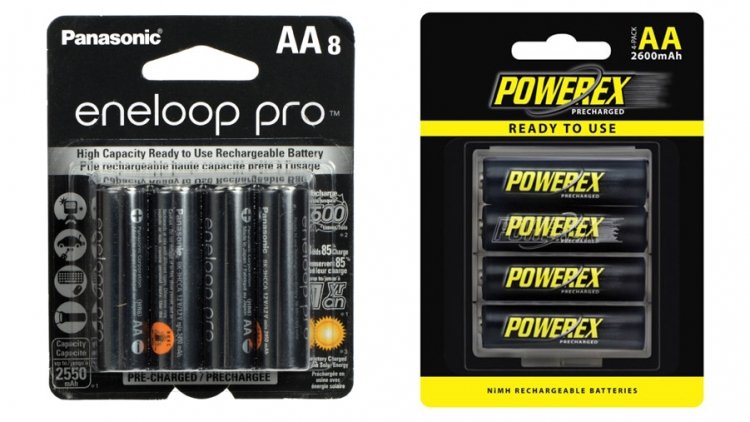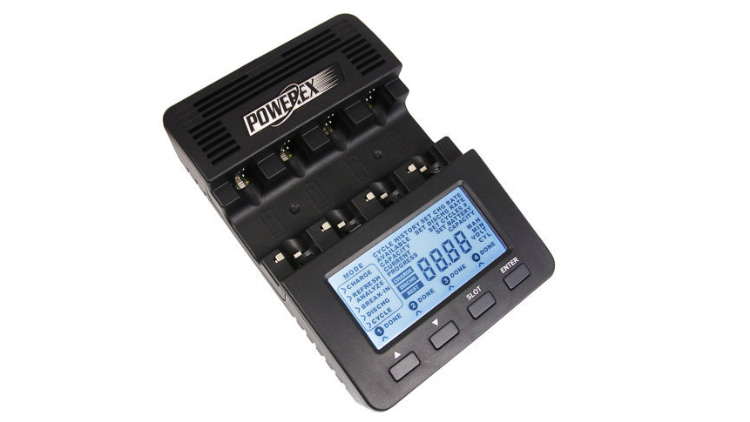Rechargeable Batteries for GPS Units
The Garmin 64 GPS unit I use for bike navigation is also used for camping, tramping and flyfishing. This means it is powered by a battery source in the form of two AA batteries and not powered from the bike itself. Battery longevity and reliability in all these environments is important so I spent a great deal of time researching rechargeable batteries with some very interesting results.
The first interesting point was that there are considerable differences in the quality and performance of rechargeable batteries. Eneloops and MAHA Powerex are at the top end with a significant gap between many other well-known and heavily marketed brands. If you ask a professional photographer what they use for their flash equipment they will more than likely say Eneloop Pro or MAHA Powerex.

The second interesting point is that you’d be surprised what the actual true mAh is from some of the inferior brands (even from some supposedly reputable brands). True mAh can really only be established with a smart charger (explained below). Cheap batteries claiming to be 2500mAh may actually only be 1000mAh, some can even be as low as 600mAh with many having horrendous self-discharge rates.
My experiences with the following batteries hasn’t been favourable with either mAh capacity being lower than stated, irregular group capacity levels, premature discharge rates or premature failure.
- Energizer
- Camelion
- Eveready
The third interesting point is the actual task of recharging the batteries and the battery chargers that are available. Most of the cheap chargers or the chargers that come in battery + charger kits can be extremely hard on the battery causing damage and significantly reducing the life of the battery. This is normally due to cost-cutting to produce low-priced chargers lacking technology to monitor and protect the battery throughout the recharging process.
When it comes to chargers, not only is it important to buy a quality charger, it is highly advisable to consider buying a "smart charger". Smart chargers give you far more functionality than a standard rechargeable battery charger. The three features below are commonly found in smart chargers, and generally not found in cheaper chargers:
- Breaking-in Feature: breaking-in new batteries that are fresh out of a box is the best way to ensure your batteries start their life correctly charged and charged to full capacity.
- Battery Analysis Feature: it is useful to regularly analyse batteries to detect for any anomalies that may indicate a battery starting to fail. It allows you to identify a failing battery, then try to revive it with the revival mode, or discard it should reviving not be successful
- Cycling/Reviving Feature: cycling puts the battery through multiple phases of discharging and charging with the correct rest periods in between. The result of this process is a revived battery operating at full capacity again. Depending on how frequently the batteries are used, this can be required annually or when analysis starts to report a drop in performance
If you regularly use rechargeable batteries and/or want the most longevity then the Powerex MAHA MH-C9000 Smart Charger mixed with Eneloops or MAHA Powerex batteries is a solid option for maximum performance and longevity.



